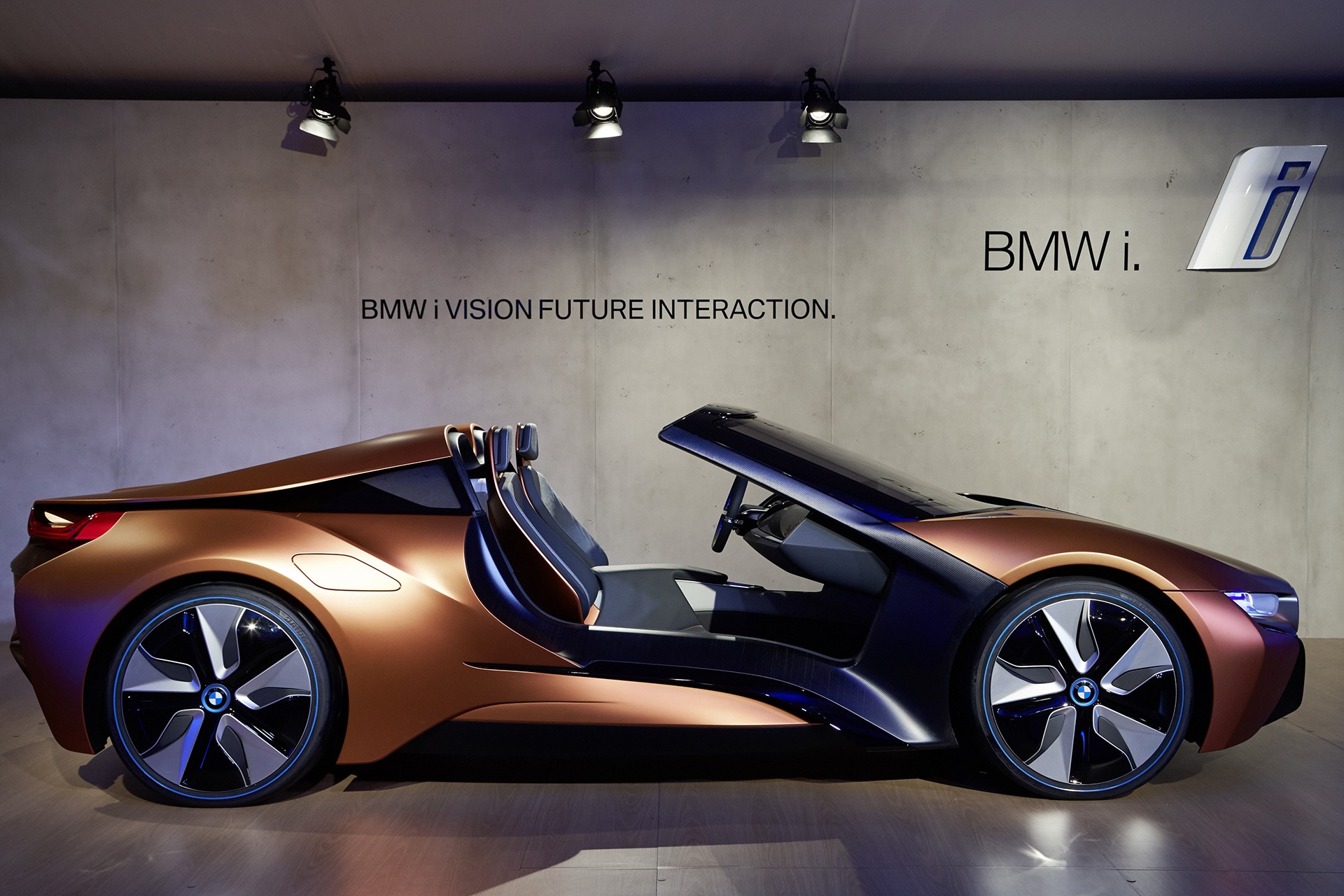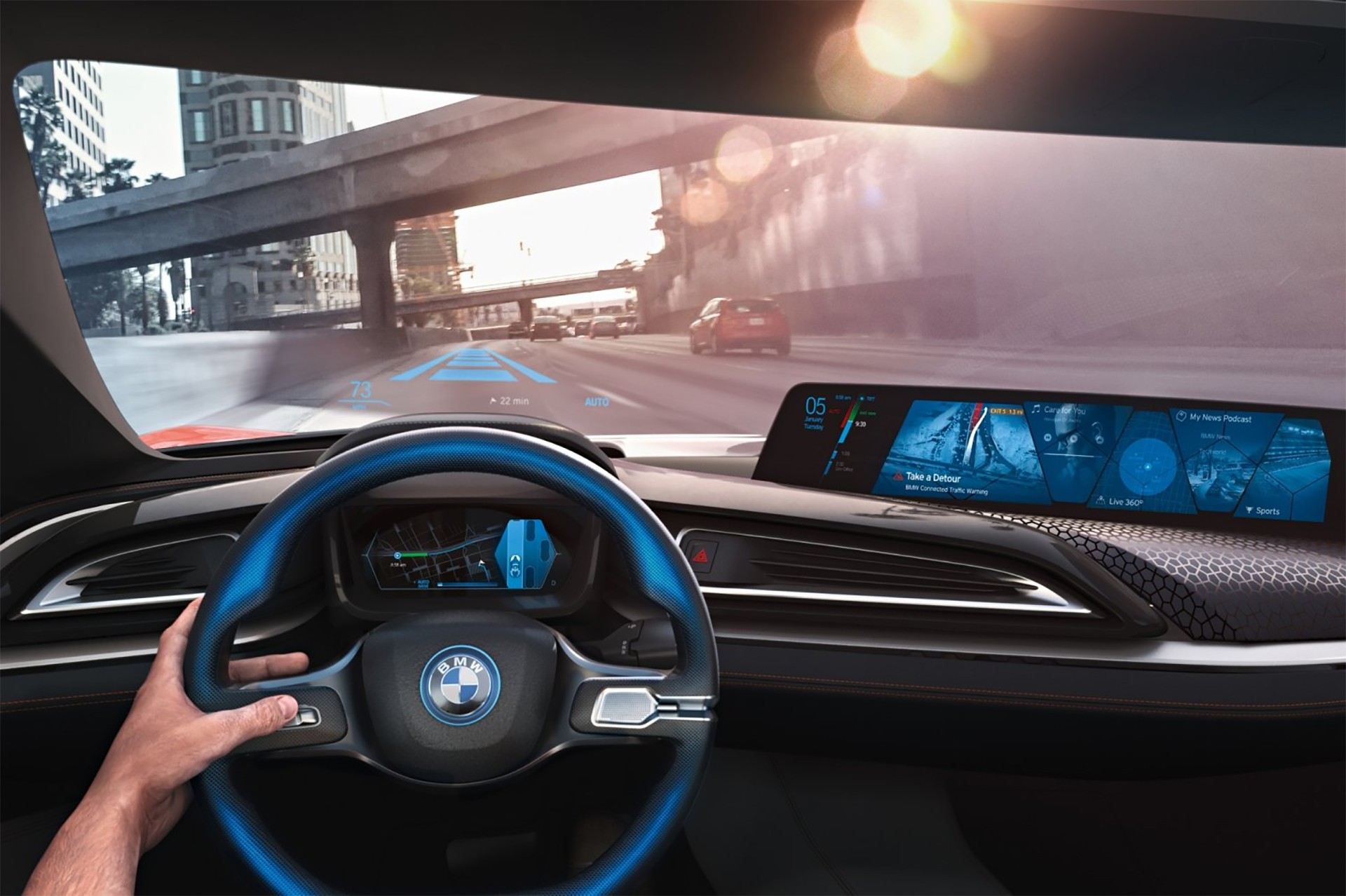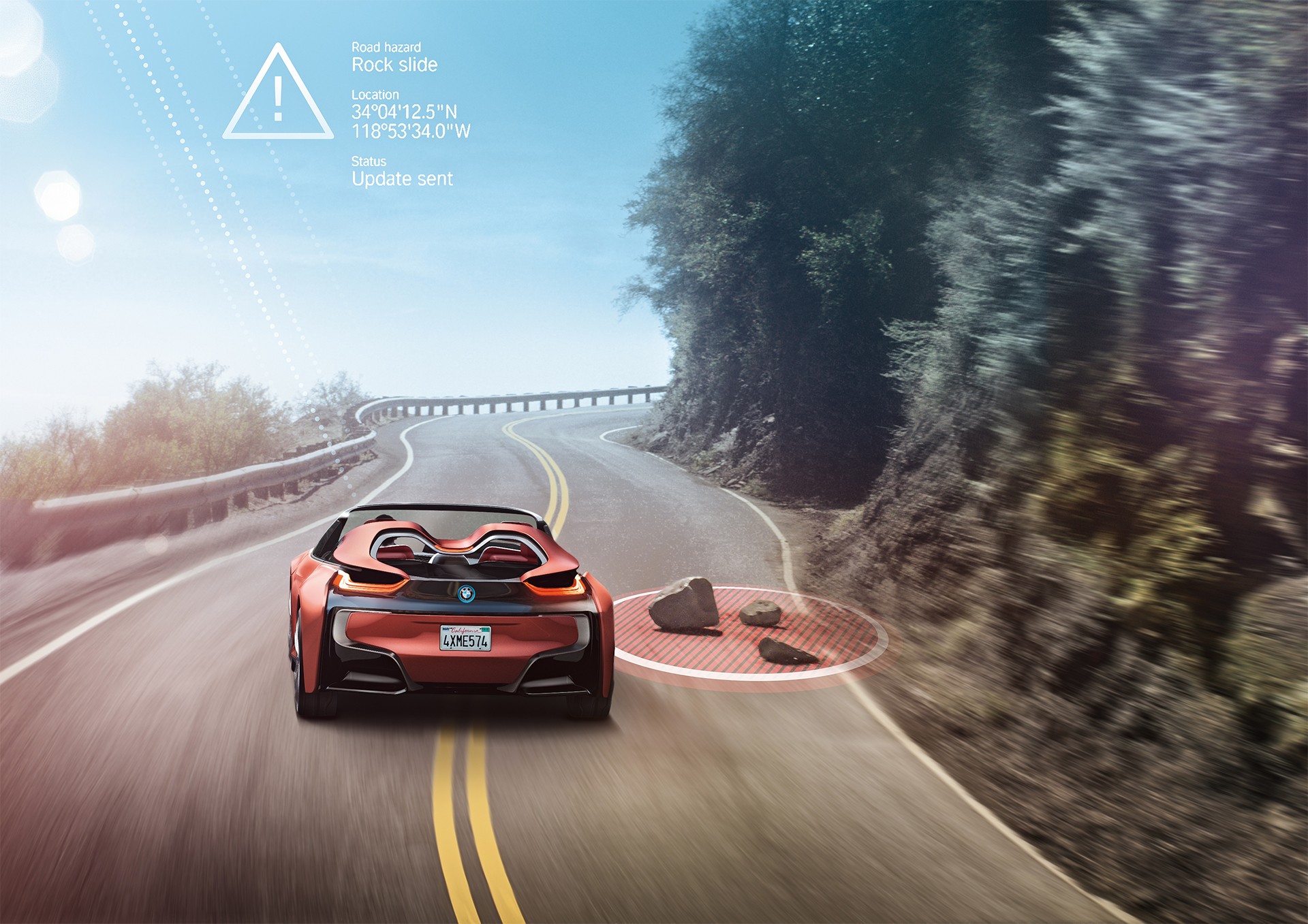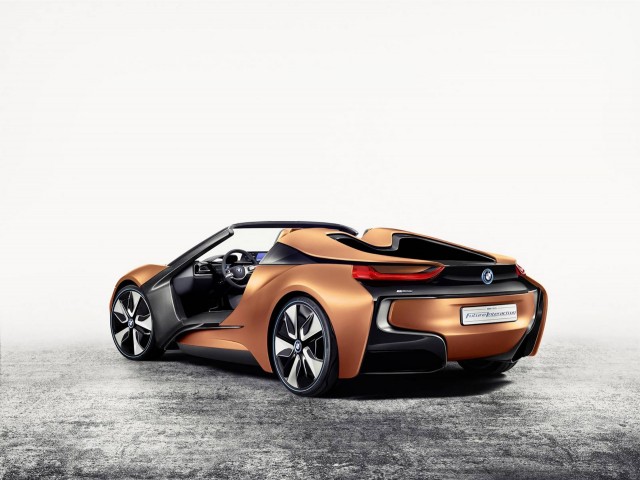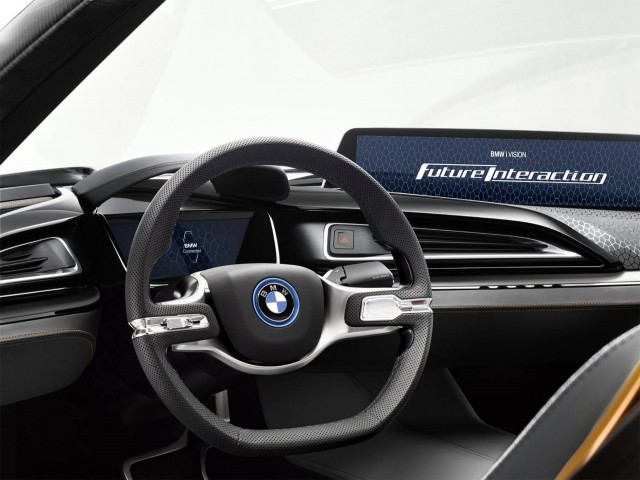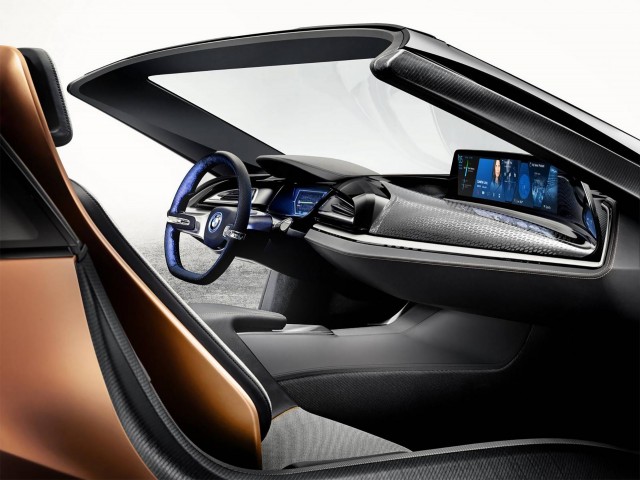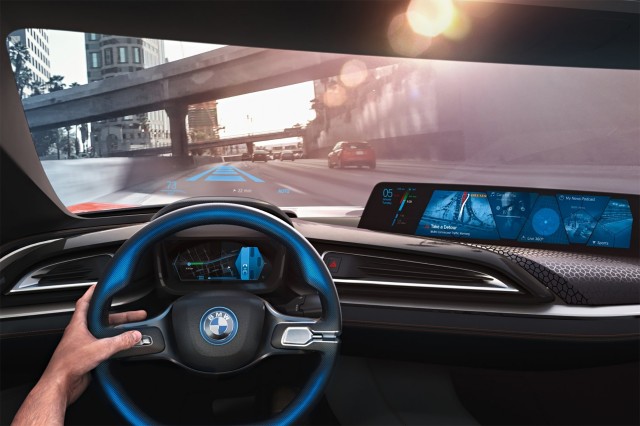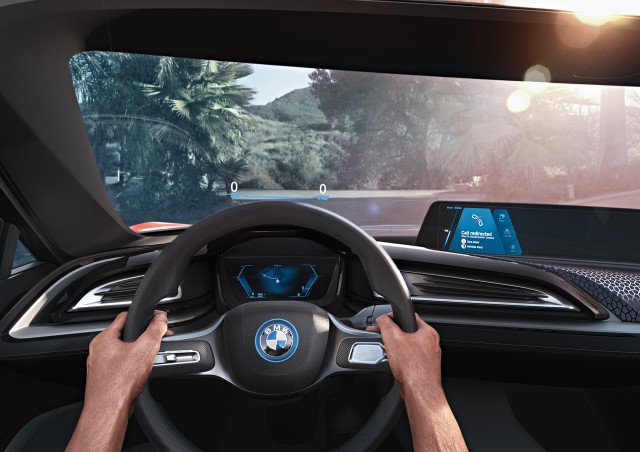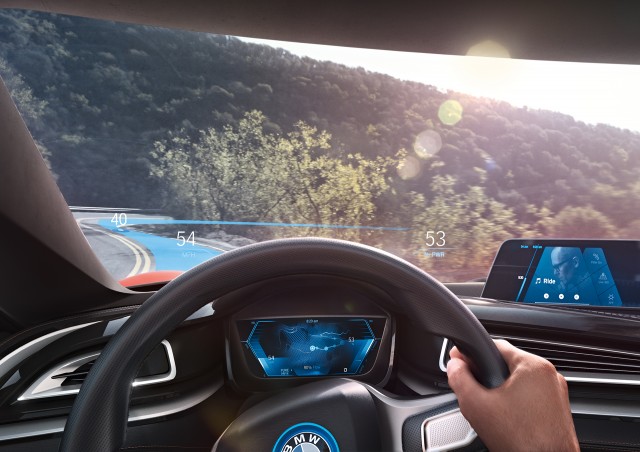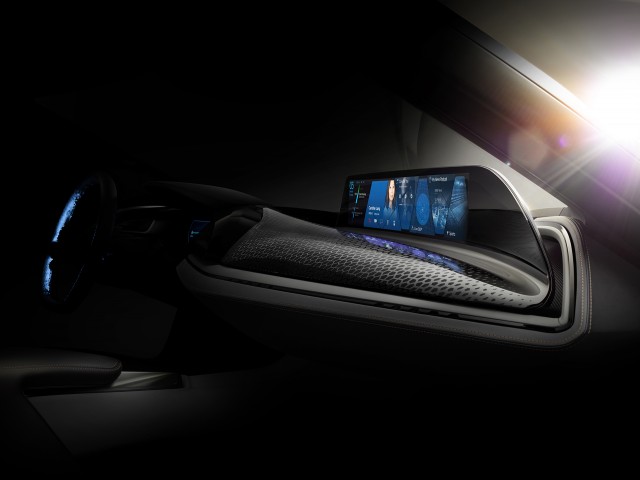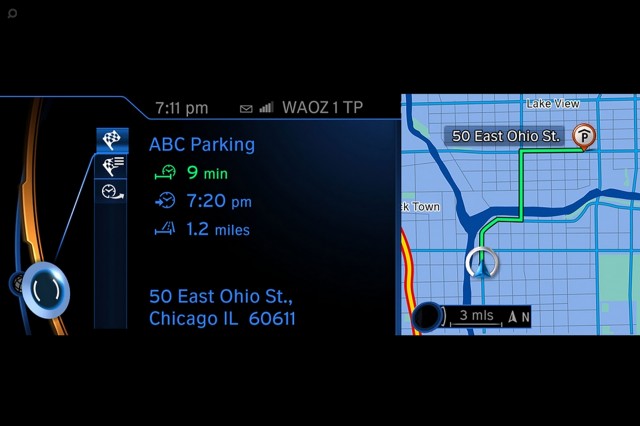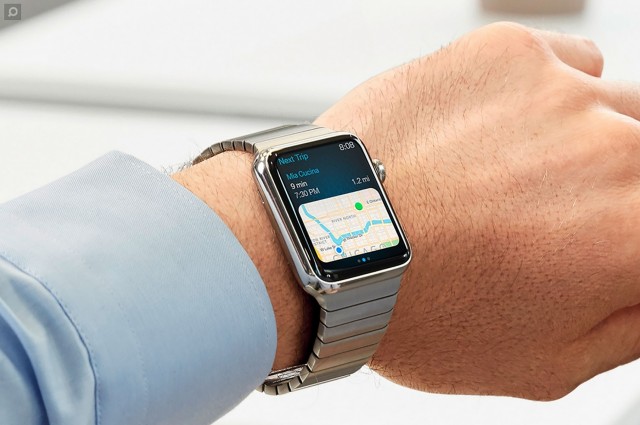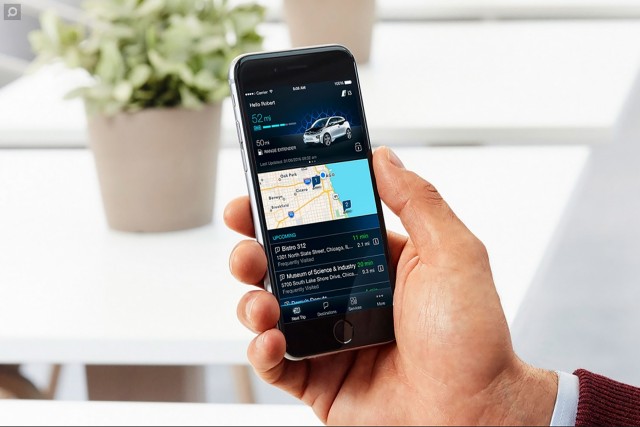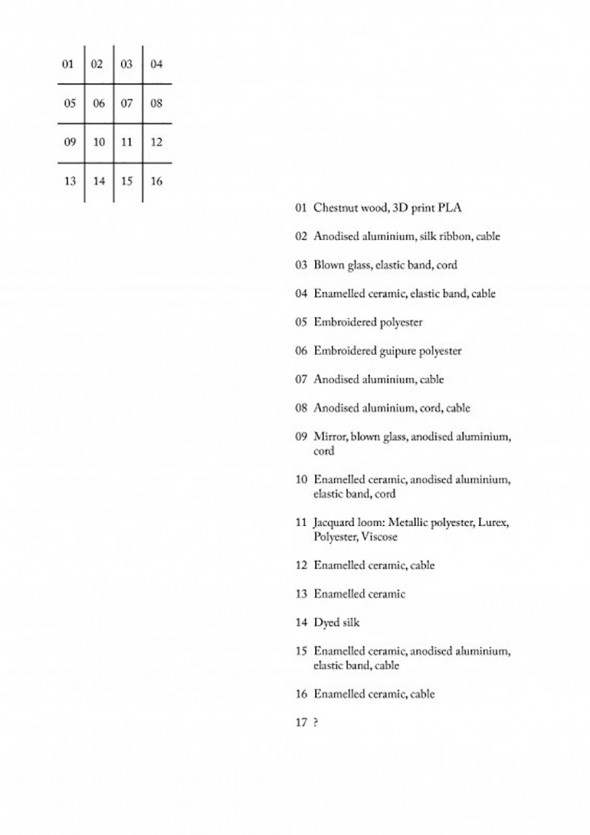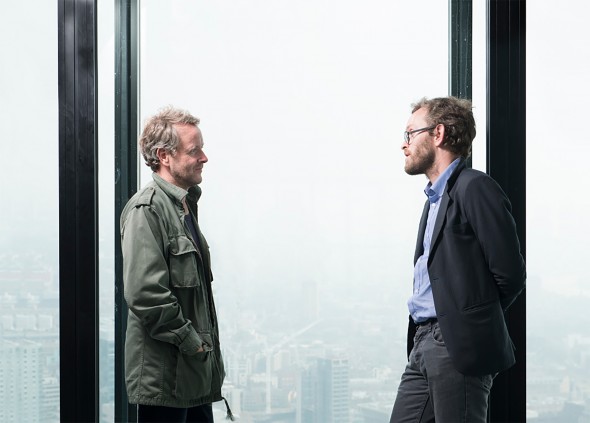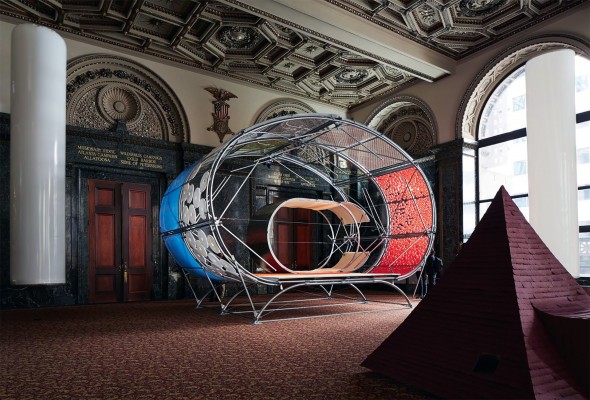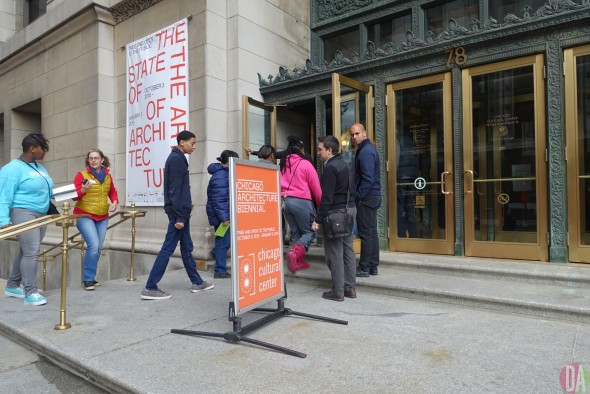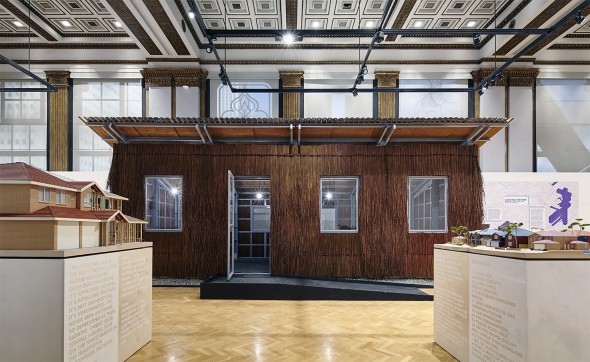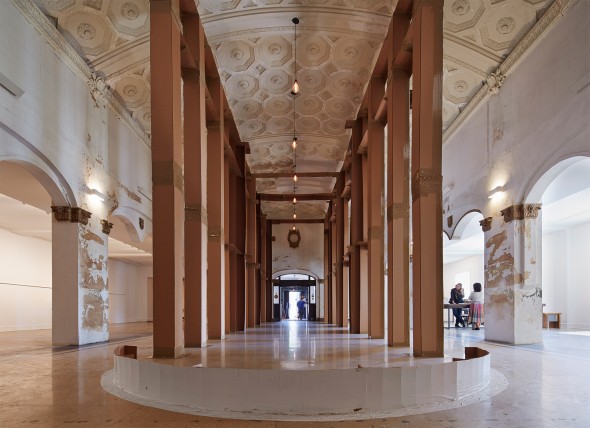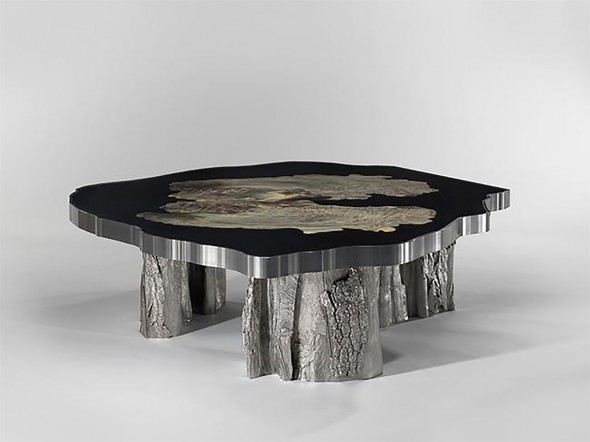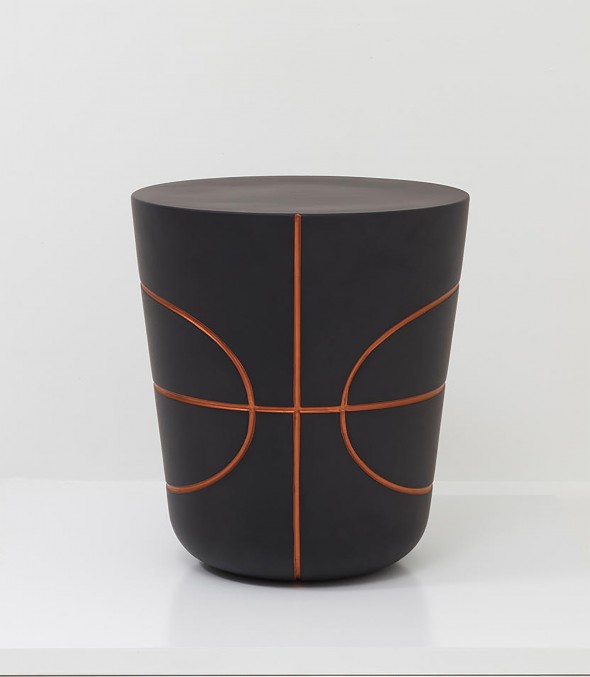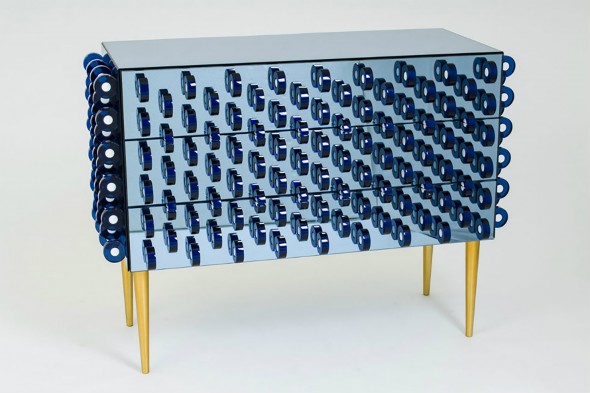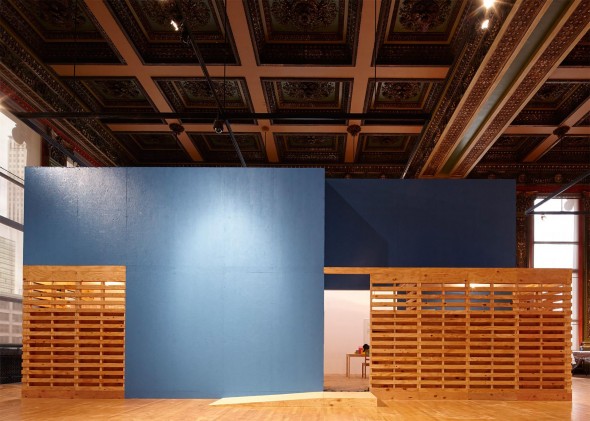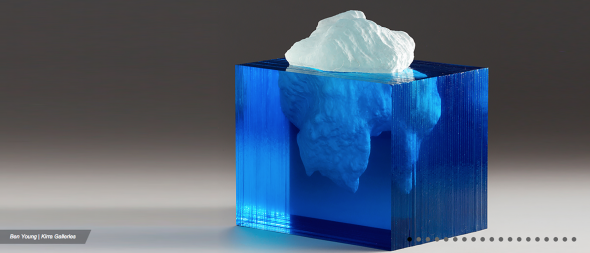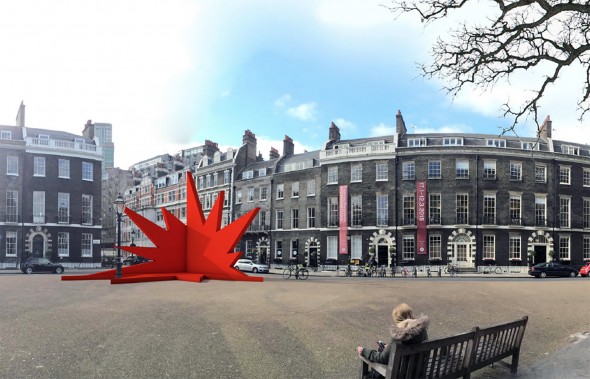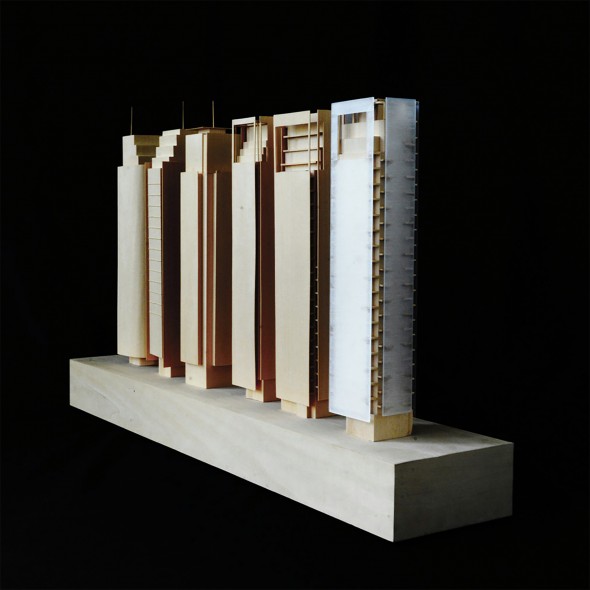
bmw i vision of the future concept does just that. ces 2016.
several years ago, with the debut of the i3, bmw offered the most refined of the electrics and in 2016 presents yet another evolved look, this time of a fully autonomous car.
at ces 2016, the bmw group is introducing a new concept known as the i vision future interaction. the statement, vehicles with highly automated driving are an important milestone on the road to vision zero, the idea of accident-free individual mobility. the i vision future interaction is based on the i8 concept spyder that was shown at the 2012 edition of the beijing motor show, and it was built to highlight what the sports car of tomorrow could look like inside.
above/below> ces16 concept is doorless and topless so you can enjoy the goods
above/below> most new features are centered around a technology called airtouch that lets the driver control the car’s navigation, entertainment, and connectivity functions with simple gestures made with a flat hand. the driver receives pivotal information on the heads-up-display ‘hud’ – a panoramic 21-inch screen, which shows speed and speed limits and navigation within the field of vision on the front windscreen.
there are three driving modes – pure drive, assist and auto. pure drive creates a driver-focused environment while in assist mode, the car is driven manually but the driving aids automatically kick in if they sense that a collision with another car or with an object in the road is imminent and unavoidable. in auto mode the interior creates an opportunity to relax and unwind thanks to innovatively designed seats and expanded content is available on the central information display.
surely the focus is on the i vision future interaction technology as the i8 concept spyder at the show is not equipped with doors. there’s no technical details on engine so we don’t know if this i8 is powered by a gasoline-electric plug-in hybrid.
the concept car combines intelligent lightweight construction with the advanced drive technology of bmw edrive. it is finished in e-copper orange exterior paint, with highlights being accented in frozen grey (kidney-shaped grille, tank cover and front and rear sills), and in high-gloss black below the entrance. the bmw i vision future interaction uses the lifedrive architecture with the carbon-fibre reinforced plastic life module producing a very lightweight passenger cell.
click on above picture to engage lightbox | 12 images[ official press release ]
“vehicles with highly automated driving are an important milestone on the road to vision zero, the idea of accident-free individual mobility. this increases the aspirations of drivers for the user friendliness of vehicles, for the presentation of information and for digital networking of the information. occupants are increasingly also wanting to communicate with the outside world supported by unrestricted quality and in the scope they are normally accustomed to.
at the ces 2016, the bmw group is using the concept car bmw i vision future interaction to show what the user interface of the future might look like – including support from high-resolution vehicle displays where the content responds to the situation. in order to make the interaction of the passengers with the vehicle as intuitive as possible, all functions are controlled using touch-sensitive surfaces, gestures and voice.
interior compartment responds flexibly to the demands of the future. the vision car is based on the bmw i8 concept spyder. the interior has a thoroughbred, sporty and flexible profile. on the one hand, it supports the driver in manual driving mode with a clearly defined focus. on the other hand, when the vehicle is in its highly automated mode, the interior provides an opportunity to relax in the innovatively designed seats and to make proactive use of the time gained through the expanded content available on the central information display.
just as the vehicle adjusts automatically to drive mode and the surrounding environment, the digital content is optimally presented at any given time. drivers look at data such as the charge status of the vehicle batteries or the routes offered before commencing the journey on their smart phone, smart watch or mobility mirror. these are then automatically transferred to the appropriate menus, map displays and driver information on the panorama display in the bmw i vision future interaction. the transition from mobile device to display in the vehicle takes place seamlessly. innovative instruments, panorama displays, 3d views.
the bmw i vision future interaction
the driver receives key drive information on the high-resolution head-up display, which reflects the most important data such as speed, speed limits or navigation information within the field of vision on the front windscreen. the instrument cluster is located directly behind the steering wheel and information is shown here in three-dimensional display (autostereoscopically). as well as the usual information about speed, consumption and range, the driver is also provided with information here about vehicles on the road ahead or oncoming vehicles which are not yet in his or her field of vision. the driver is consequently able to respond at an early stage to all conceivable traffic situations. this also applies during highly automated driving. if the driver needs to take over command of the vehicle, the system provides an appropriate alert. the technology acts predictively so that the driver has at least five to seven seconds to respond.
information prepared to suit the situation
the central panorama display is the most striking interaction element of the bmw i vision future interaction. it extends from the centre console across the entire passenger side and appears to flow harmoniously out of the dashboard panel. the display height of eleven centimeters means that the dashboard panel is not higher than in the bmw i8 and it permits an optimum view to the front of the vehicle. the high-resolution panorama display in the bmw i vision future interaction is almost 40 centimeters wide while the screen diagonal is 21 inches.
when the driver gets into the vehicle, this panorama seamlessly displays the content which is provided by the vision of the open mobility cloud from bmw and it can also be seen automatically using the bmw connected app on a smart phone or other digital end devices. the display adjusts automatically, in response to the drive mode of the bmw i vision future interaction. in future, for example, the system could switch automatically from pure audio to video transmission during phone conversations, if vehicles are driving in fully automated mode. drivers and passengers also have the option of unrestricted access to web content, mails or audiovisual offerings.
while the driver remains active at the steering wheel, information in reduced scope is displayed on the large panorama display in order to minimise distraction and maintain the focus entirely on what is happening on the road. the number of control elements is reduced to a minimum in the bmw i vision future interaction. the most important of these elements – the drive mode selector switch – is located on the left-hand side of the steering wheel. this is used to select between the three drive modes. the “pure drive” mode meets the typical bmw high aspiration for sheer driving pleasure at all times.
assistance systems are used passively here and they only give warning alerts without actually intervening in the control of the vehicle. the “assist” setting provides optimum networking with the surrounding environment.
the best route is calculated in real time and fed into the navigation system. the vehicle supports the driving performance of the driver and intervenes actively if there is danger of an event such as a shunt accident, or if an obstacle on the road appears to be a safety risk. when the vehicle is in “auto mode”, the vehicle itself takes over control of sideways and forward orientation, accelerates independently, brakes and steers – without the driver having to intervene at all.
in the near future, this could already be permitted on certain approved stretches of road, for examples sections of german motorways or in car pool lanes in the usa.
the bmw i vision future interaction proactively gives drivers an alert if they are in a zone for highly automated driving. the driver can then change the drive mode as appropriate. the steering wheel is illuminated in blue in the highly automated drive mode. the colour scheme therefore provides a visual cue that the driver is in this drive mode. if the vehicle leaves the approved lane for highly automated driving and has to take control of the steering wheel again, a red light signal conveys this requirement. the bmw i vision future interaction is therefore already providing an indication today of what the control functions might look like in the future in highly automated vehicles. interaction with airtouch, sensitive surfaces and voice.
the development engineers are using new human-machine interfaces to control and select the content on the large panorama display, and this offers a large number of new options for interaction. one of them is airtouch, gesture control for all communication, information and entertainment functions in the vehicle. it allows the big screen to be operated like a touchscreen – without actually having to touch it.
sensors are installed in the area of the dashboard panel which responds to hand movements. a movement of the hand can be used to go to a position on the panorama display and the selected icon is highlighted visually. if the hand is moved forward (push gesture), the icon is activated or the menu displays the next level.
airtouch has a second option for carrying out this confirm action. an airtouch switch is located on the steering wheel which briefly illuminates if a menu or icon can be activated. a tap is sufficient to select the desired program in this way or to select a preset. there is also a similar button for the passenger located on the side panel. this enables passengers to use one hand to navigate through the menu and very quickly confirm inputs with the other hand.
the menus in airtouch are not in the form of lists but appear as large tiles. four of these tiles are located beside each other on the display. the system provides car occupants with context-sensitive option menus – for example, if music is currently running on a streaming service, buttons are displayed on one of the tiles that allow you to go forward or backwards to titles, stop playing or start again. the intelligent menu control of airtouch reduces selection steps. airtouch recognizes which control steps are necessary next and shows these in the display. this allows the driver to concentrate on what is happening on the road or offers additional convenient control options if the vehicle is driving in highly automated mode.
touch-sensitive surfaces in the wide and generously proportioned central console offer an additional control element. a sensitive control surface is provided beneath the leather upholstery which can be used by the driver or passenger in order to navigate through the menus or option lists by tapping, swiping or sliding movements – as in a smart phone or tablet. the entertainment and information systems in the bmw i vision future interaction can also be conducted by spoken control commands, in other words by recognition of natural language.
the character of the interior changes depending on the drive mode. if the driver changes to highly automated mode, the color of the steering wheel is not the only thing that changes. when the vehicle takes over control, lots of additional space suddenly becomes available for the people inside. the steering wheel moves forward by several centimeters and this opens up more space. at the same time, the contoured, sculpted sports seat changes its character. elements in the side upholstery give the seats a lounge profile which enables the driver to turn more to the right in order to look at the panorama display in a more relaxed position. the new freedom of movement is also supported by an extended headrest and the generously dimensioned central armrest.
the objective is to enable drivers to make relaxed and effective use of the freedoms offered by highly automated driving – and when drivers want to take the wheel themselves and enjoy sporty driving fun, the ideal enablers typical of bmw are provided in the ergonomic design of the seat and steering wheel. this extends through to support from vehicle technology which shows information like the ideal line or braking points on a selected stretch of road in the bmw head-up display.
open sportiness of the bmw i vision future interaction
the athletic design of the bmw i vision future interaction reveals the qualities of an open two-seater which unites dynamic driving, efficiency and visual elegance with a rather special aesthetic appeal. the concept car combines intelligent lightweight construction with the advanced drive technology of bmw edrive. it is finished in the exterior color of e-copper orange, with highlights being accented in frozen grey (kidney-shaped grille, tank cover and front and rear sills), and in high-gloss black below the entrance. the bmw i vision future interaction uses innovative lifedrive architecture which is structured with separate function units that operate independently of each other.
the life module made of carbon-fibre reinforced plastic (cfrp) forms the very lightweight passenger cell. meanwhile the drive modules, which are primarily manufactured from aluminum – drive train, chassis and safety structure – take over the functions relevant for driving. the characteristic binary division of the lifedrive concept is also reflected in the design and deliberately emphasizes the basic elements. highly expressive surfaces and precise lines create a harmonious transition from one module to another.
the headlamps designed with bmw laser light technology are a defining element at the front. they are configured in the u-shaped design of bmw i. the flat engine bonnet is styled with a v that opens up to the windscreen. it forms the starting point for the typical black belt, which continues on the rear cover and constitutes a characteristic feature of the bmw i models. the side view is defined by the short overhangs typical of bmw vehicles. they combine with the wedge shape of the sills to generate the athletic character – contours and lines create a sense of strong forward motion even when the vehicle is at rest. similar to the front, the rear of the vehicle is flat, while a powerful rear diffusor, air vents in a three-dimensional design and the u-shaped tail lamps with led technology give the impression of exceptional breadth to the bmw i vision future interaction and define its sporting aspirations.
a top priority for designers was to integrate the architecture of the large panorama display into the basic concept of the interior design and to accommodate elements in the surface structure which are typical for bmw i vehicles. the instrument dashboard therefore has a structure which is comprised of overlaid pentagons and hexagons. this design is a hallmark of bmw i and is simultaneously a symbol for the seamless networking of the bmw i vision future interaction.
the interior compartment is styled with a mix of color and material made up of plastic, carbon and leather, which creates an aura of high quality, emotionality and thoroughbred pedigree. the seats are upholstered in leather amido and textile, and a leather core made of natural leather. the same leather is also used on the dashboard, combined with a monofilament technical textile which also provides the floor covering for the bmw i vision future interaction. dark leather amido is combined with semi-aniline leather in ice grey to cover the central console. buttons on the steering wheel made of polished aluminum emphasize the high-tech character of the bmw i vision future interaction.
[ bmw group ]



